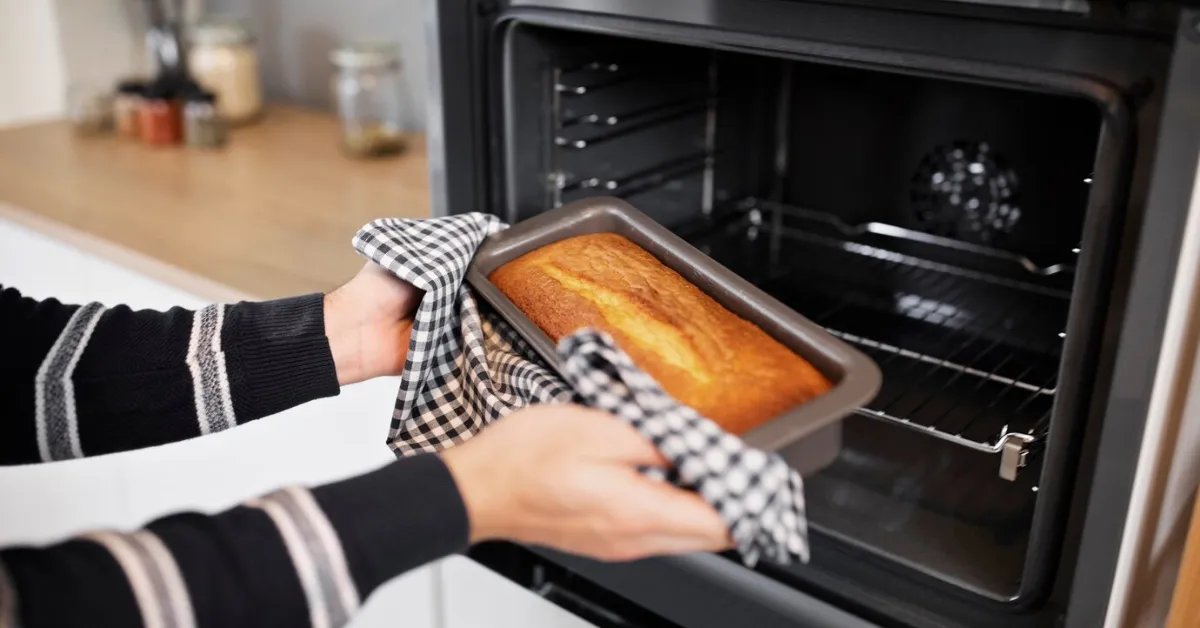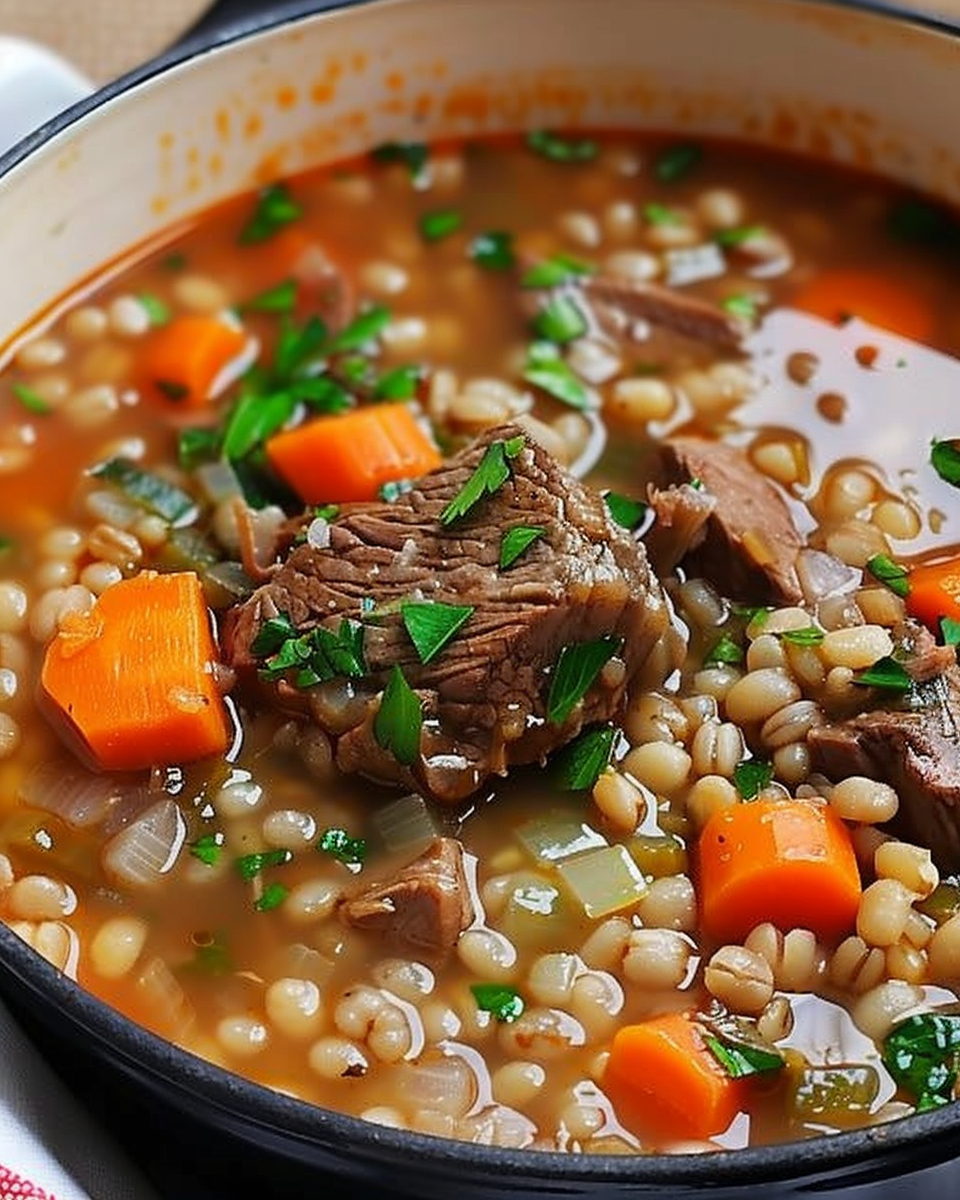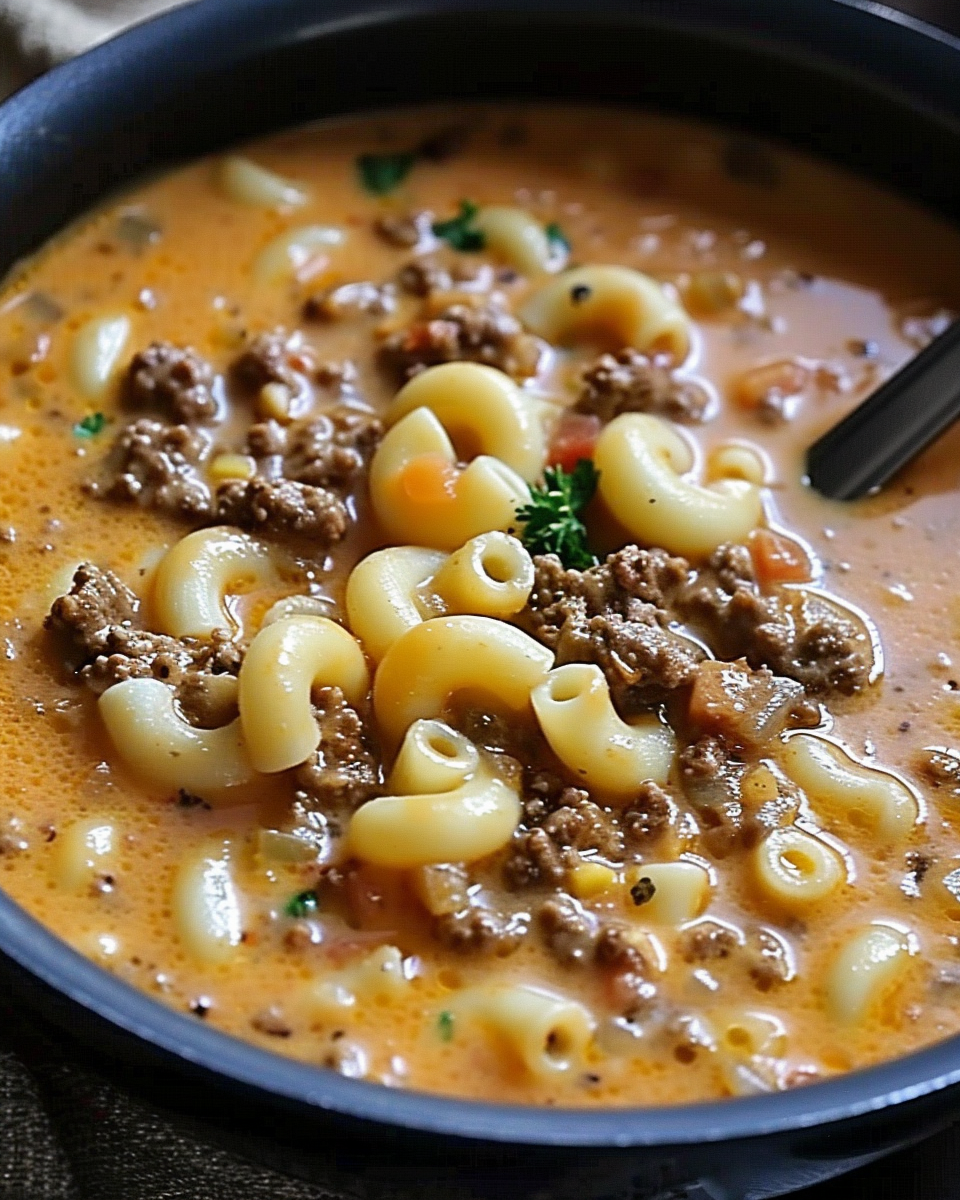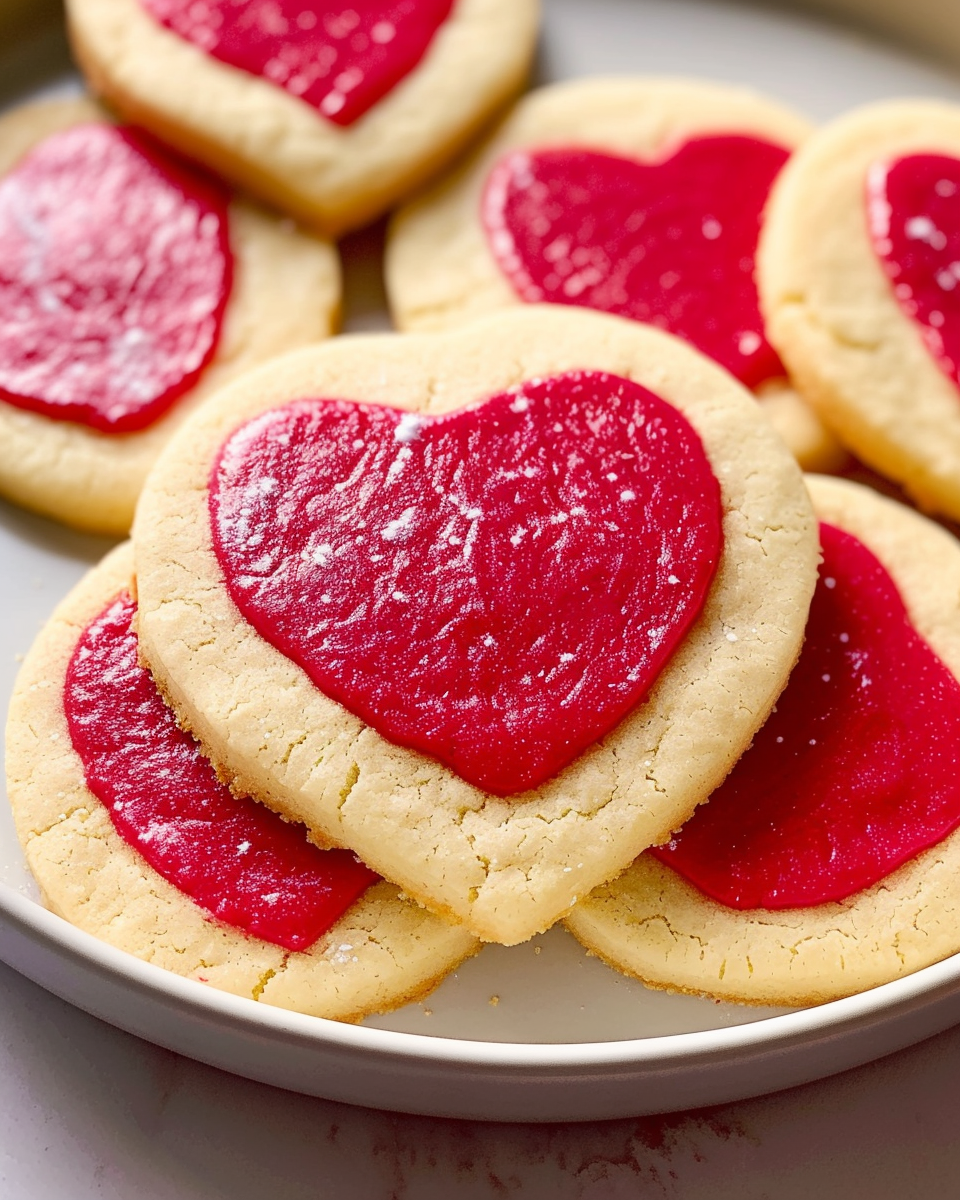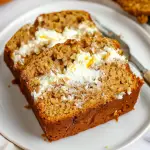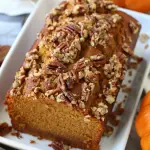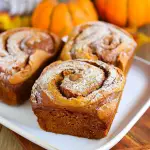How long to bake a cake? It’s a question that has puzzled many budding bakers and even some seasoned ones. The answer, however, isn’t as straightforward as one might think. Baking a cake is both an art and a science, and understanding the nuances can make all the difference.
The Art of Baking: A Brief Overview
Baking, at its core, is a harmonious blend of science and art. It’s a culinary discipline that requires precision, patience, and creativity. From the ancient civilizations that first harnessed the power of fire to modern patisseries crafting edible masterpieces, baking has evolved tremendously over the millennia. Here’s a brief overview of this delightful art.
1. Historical Roots
The history of baking can be traced back to ancient civilizations. The Egyptians are credited with pioneering the baking of bread using wild yeast. Over time, as trade routes expanded, baking techniques and ingredients spread across cultures, leading to the rich diversity of baked goods we have today.
2. The Science Behind Baking
Baking is as much about chemistry as it is about flavor. Ingredients interact in specific ways under heat:
- Yeast: A living organism that produces carbon dioxide when it consumes sugars, causing dough to rise.
- Baking powder & baking soda: Chemical leaveners that produce carbon dioxide when activated, making baked goods light and fluffy.
- Gluten: A protein in wheat that provides structure and elasticity to doughs.
If you’re looking to bake a banana bread cake and don’t have baking soda, we have a perfect banana bread recipe without baking soda for you.
3. Essential Techniques
- Creaming: This involves beating fat (like butter) with sugar until light and fluffy, incorporating air which helps in leavening.
- Folding: A gentle mixing method that incorporates ingredients without deflating the mixture.
- Kneading: Working dough to develop gluten, providing structure to breads.
4. Tools of the Trade
While hands are a baker’s best tool, several instruments have become essential over time:
- Oven: The most crucial tool, providing the consistent heat required to transform raw ingredients into delectable treats.
- Mixers: These help in combining ingredients uniformly.
- Baking pans & sheets: They come in various shapes and sizes, each designed for specific baked goods.
5. The World of Baked Goods
From breads, pastries, cakes, to cookies, the variety is endless. Each culture has its signature baked delicacies:
- French: Croissants, baguettes, and éclairs.
- Italian: Biscotti, tiramisu, and focaccia.
- American: Chocolate chip cookies, brownies, and pies.
6. Modern Trends
With the rise of dietary preferences and awareness, there’s been a surge in gluten-free, vegan, and low-sugar baking. Additionally, fusion baking, combining elements from different culinary traditions, has become popular.
7. The Artistic Side
Baking is not just about taste; it’s also a visual art. Cake decorating, for instance, has evolved into a sophisticated craft, with professionals using intricate techniques to create edible masterpieces.
Summary
The art of baking is a testament to human creativity and innovation. It’s a journey that transforms simple ingredients into delightful sensory experiences. Whether you’re a professional patissier or someone baking cookies at home, the joy of creating something delicious and sharing it with others is unparalleled.
How long to bake a cake? The Basics
The baking time for a cake depends on several factors, including the type of cake, its size, and the specific recipe. Here are some basic guidelines for common types of cakes:
-
Layer Cakes (like a basic vanilla or chocolate cake)
- Size: Two 8-inch or 9-inch rounds
- Temperature: 350°F (175°C)
- Time: 25-35 minutes
-
Sheet Cake
- Size: 9×13-inch pan
- Temperature: 350°F (175°C)
- Time: 30-40 minutes
-
Bundt Cake
- Size: Standard bundt pan
- Temperature: 350°F (175°C)
- Time: 45-60 minutes
-
Cupcakes
- Size: Standard muffin tin
- Temperature: 350°F (175°C)
- Time: 18-25 minutes
-
Pound Cake
- Size: Loaf pan or bundt pan
- Temperature: 325°F (165°C)
- Time: 50-75 minutes (depending on the size of the pan)
-
Angel Food Cake
- Size: Tube pan
- Temperature: 325°F (165°C)
- Time: 40-50 minutes
-
Cheesecake
- Size: 9-inch springform pan
- Temperature: 325°F (165°C)
- Time: 50-60 minutes, followed by additional time in the turned-off oven if the recipe specifies
General Tips:
- Always preheat your oven to the specified temperature before placing the cake inside.
- Use an oven thermometer to ensure your oven is at the correct temperature.
- Check for doneness by inserting a toothpick or cake tester into the center of the cake. If it comes out clean or with a few crumbs (but no wet batter), the cake is done.
- Baking times can vary based on the specific recipe, altitude, and individual oven variations. It’s always a good idea to start checking a few minutes before the minimum suggested time.
- Allow the cake to cool in the pan for the time specified in the recipe (usually 10-15 minutes) before transferring it to a wire rack to cool completely.
For more detailed baking insights, check out King Arthur Baking’s comprehensive guide and Food Network’s top baking advice.
Types of Cakes and Their Baking Times
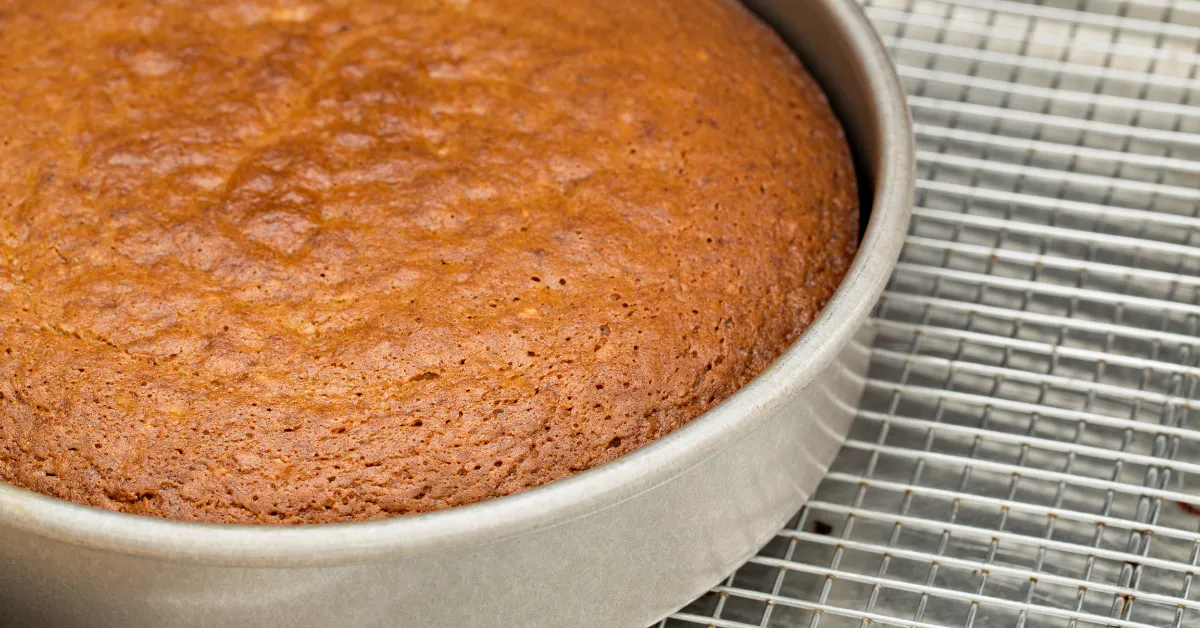
There are countless types of cakes, each with its own unique ingredients, methods, and baking times. Here’s a list of some popular cakes and their general baking times. Remember, the exact baking time can vary based on the specific recipe, oven type, and pan size, so always refer to the recipe you’re using and keep an eye on your cake as it bakes.
-
Pound Cake
- Baking Time: 50-60 minutes at 325°F (165°C) for a standard loaf.
-
Sponge Cake
- Baking Time: 20-25 minutes at 350°F (175°C) for an 8-inch round cake.
-
Angel Food Cake
- Baking Time: 40-45 minutes at 350°F (175°C) for a standard tube pan.
-
Devil’s Food Cake (Chocolate Cake)
- Baking Time: 25-30 minutes at 350°F (175°C) for an 8-inch round cake.
-
Carrot Cake
- Baking Time: 30-35 minutes at 350°F (175°C) for an 8-inch round cake.
-
Cheesecake
- Baking Time: 50-60 minutes at 325°F (165°C) for a standard 9-inch springform pan. (Note: Cheesecakes often require a water bath.)
-
Red Velvet Cake
- Baking Time: 25-30 minutes at 350°F (175°C) for an 8-inch round cake.
-
Coffee Cake
- Baking Time: 40-50 minutes at 350°F (175°C) for a standard 9-inch square pan.
-
Bundt Cake
- Baking Time: 45-60 minutes at 350°F (175°C) for a standard bundt pan.
-
Tres Leches Cake
- Baking Time: 25-30 minutes at 350°F (175°C) for a 9×13-inch pan.
-
Flourless Chocolate Cake
- Baking Time: 20-25 minutes at 375°F (190°C) for an 8-inch round cake.
-
Lemon Drizzle Cake
- Baking Time: 45-50 minutes at 350°F (175°C) for a standard loaf.
-
Fruitcake
- Baking Time: Varies greatly depending on size and ingredients, but a typical 8-inch round fruitcake might bake for 1.5-2 hours at 325°F (165°C).
-
Chiffon Cake
- Baking Time: 55-60 minutes at 325°F (165°C) for a standard tube pan.
-
Genoise Cake
- Baking Time: 20-25 minutes at 350°F (175°C) for an 8-inch round cake.
Remember, these are general guidelines. Always check for doneness using methods like the toothpick test (inserting a toothpick into the center of the cake; if it comes out clean or with a few crumbs, the cake is done) or by touching the cake’s surface to see if it springs back. Adjustments might be needed based on your specific oven or altitude.
Related Post: Are You Kidding Me Cake Recipe – 4 Ingredients
The Role of Ingredients in Baking Time
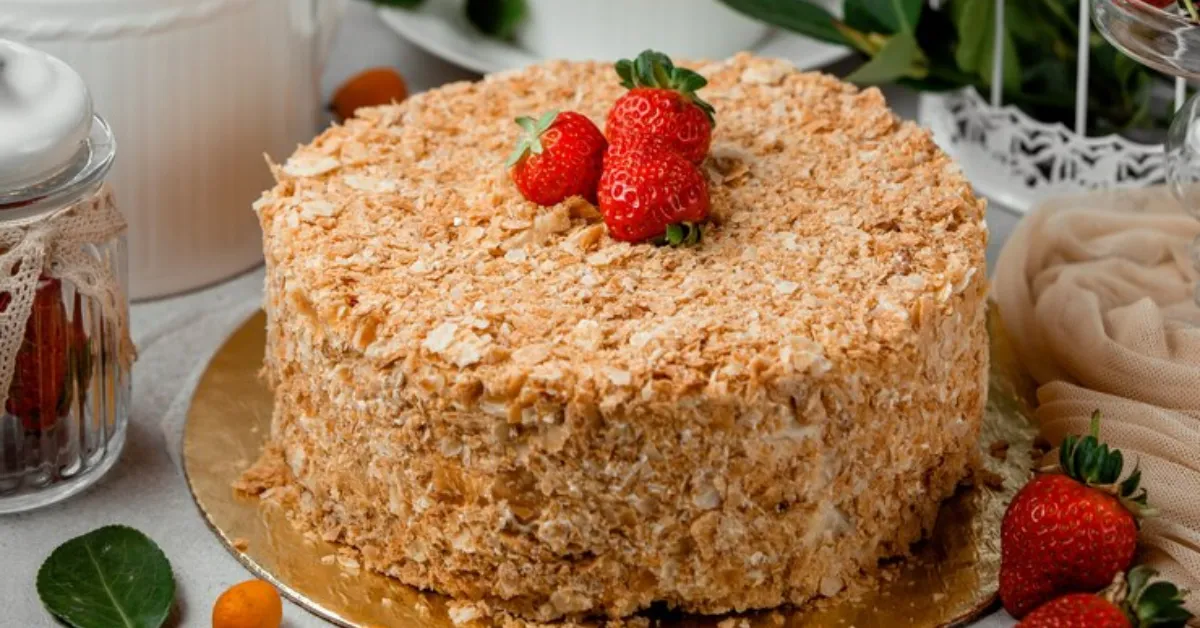
The role of ingredients in determining baking time is crucial. When you bake, you’re essentially using heat to cause a series of chemical reactions that transform your raw ingredients into a finished dish. The type, quantity, and properties of the ingredients you use can significantly affect how long this transformation takes. Here’s a breakdown of how various ingredients can influence baking time:
Flour’s Influence
- The type of flour (all-purpose, bread, cake, whole wheat, etc.) can affect the baking time. Whole grain flours, for instance, often require more moisture and might take longer to bake than refined flours.
Role of Liquids
- Ingredients like milk, water, or juices can affect the moisture content of a batter or dough. More liquid can increase baking time as the extra moisture needs more time to evaporate.
Impact of Fats
- Butter, oil, shortening, and other fats can affect the texture and moisture retention of baked goods. Fats can make a product more tender and may sometimes reduce baking time slightly, as they can enhance the heat conduction.
Sugars and Browning
- Sugars can caramelize and brown. A recipe with a high sugar content might brown faster on the outside, which might give the illusion that it’s done, but the inside might still be undercooked.
Eggs in Baking
- Eggs provide structure and moisture. They can extend baking time, especially if used in large quantities, as in custards or quiches.
Leavening Agents’ Effects
- Ingredients like baking powder, baking soda, or yeast produce gases that help baked goods rise. The amount and type can affect the baking time. For instance, a bread with a lot of yeast might rise and bake faster than one with less. When baking a cake, it’s essential to have the right ingredients. If you’re out of baking soda, check out our guide on baking soda substitutes.
Influence of Add-ins
- Ingredients like chocolate chips, nuts, dried fruits, etc., can affect baking time. They can add moisture or change the consistency of the batter or dough.
Acidity in Baking
- Ingredients like vinegar, lemon juice, or yogurt can react with leavening agents, affecting the rise and potentially the baking time.
Salt’s Role
- While not directly affecting baking time, salt can influence the rate at which yeast ferments, which in turn can affect the rise time for yeasted bread.
Temperature of Ingredients
- Cold ingredients can increase baking time. For instance, a pie made with cold filling will take longer to bake than one made with room temperature filling.
Size and Shape Matter
- While not an ingredient, it’s worth noting that the size and shape of what you’re baking play a role. Thicker items take longer to bake than thinner ones. For example, muffins will bake faster than a whole loaf of bread, even if they have the same ingredients.
In conclusion, ingredients play a pivotal role in determining baking time. It’s always essential to understand the role of each ingredient in your recipe and to keep an eye on your baked goods, especially if you’ve made substitutions or adjustments. Using a thermometer to check the internal temperature or doing the toothpick test (for cakes) can help ensure your item is baked to perfection.
Tools and Their Influence on Baking Time
Baking is both an art and a science, and the tools used can significantly influence baking time. Here’s a breakdown of various tools and how they can impact the baking process:
-
Oven Type:
- Conventional Oven: This is the most common type. It bakes with both top and bottom heating elements. Baking times are usually standard for most recipes.
- Convection Oven: Uses a fan to circulate hot air, which can result in even baking and reduced baking time. Typically, you might reduce the temperature by 25°F (about 15°C) or reduce the baking time by roughly 25% when using a convection setting.
- Microwave Oven: Uses microwave radiation to cook food. Baking times are significantly reduced, but it’s not suitable for all baked goods.
-
Bakeware Material:
- Metal Pans: They heat up quickly and cool down quickly, which can lead to shorter baking times. Dark metal pans can cause the edges of baked goods to brown or burn faster.
- Glass or Ceramic Dishes: Retain heat longer and distribute it more evenly. However, they can increase baking time. It’s often recommended to reduce the oven temperature by 25°F (about 15°C) when using these.
- Silicone Bakeware: Heat-resistant and flexible, but they don’t conduct heat as efficiently as metal. This can lead to longer baking times.
-
Pan Size and Shape:
- Thicker Batters/Doughs: In deeper pans, they take longer to bake through.
- Shallow Pans: Such as cookie sheets, allow for quicker baking.
- Miniature Sizes: Like muffin tins or mini loaf pans, will bake faster than their full-sized counterparts.
-
Thermometers and Probes:
- Oven Thermometers: Ensure the oven is at the correct temperature, which can influence baking time.
- Instant-read or Probe Thermometers: Useful for breads or meats to ensure they’ve reached the desired internal temperature.
-
Baking Stones and Pizza Steels:
- These retain heat and can reduce baking time for items like pizza or bread. They also provide a crispier crust due to their stored heat.
-
Parchment Paper and Silicone Baking Mats:
- These can influence baking time slightly. Silicone mats can insulate the bottom of cookies or pastries, leading to slightly longer baking times, while parchment can make for quicker and more even baking.
-
Altitude:
- Not a tool per se, but worth mentioning. Higher altitudes can affect baking times and temperatures. Generally, at higher altitudes, you might increase the oven temperature and decrease baking time.
In conclusion, understanding how each tool or factor influences baking time is crucial for achieving the desired results. It’s always a good idea to keep an eye on your baked goods, especially when using a tool or technique for the first time, and adjust as necessary.
Troubleshooting Common Baking Issues
Baking is as much a science as it is an art. When things don’t go as planned, it can be frustrating. Here are some common baking issues and how to troubleshoot them:
-
Cake is too dry:
- Possible Causes: Overbaking, too much flour, or not enough fat or liquid.
- Solutions: Check oven temperature with an oven thermometer, measure ingredients accurately, and follow the recipe closely.
-
Cake sinks in the middle:
- Possible Causes: Oven temperature too low, underbaking, or too much leavening agent.
- Solutions: Ensure accurate oven temperature, avoid opening the oven door frequently, and measure ingredients precisely.
-
Cookies spread too much:
- Possible Causes: Too much sugar, butter, or baking soda; dough too warm.
- Solutions: Chill the dough before baking, measure ingredients accurately, and check the freshness of your baking soda or powder.
-
Cookies are too hard:
- Possible Causes: Overbaked, too much flour, or not enough fat.
- Solutions: Reduce baking time, measure ingredients accurately, and ensure you’re using the correct type of fat.
-
Bread is too dense:
- Possible Causes: Not enough yeast, expired yeast, or dough not kneaded enough.
- Solutions: Check the freshness of your yeast, ensure the dough rises in a warm environment, and knead the dough adequately.
-
Muffins have tunnels and large holes:
- Possible Causes: Overmixing the batter.
- Solutions: Mix just until the ingredients are combined.
-
Pie crust is too tough:
- Possible Causes: Overworking the dough, too much water, or using the wrong type of fat.
- Solutions: Handle the dough as little as possible, add water sparingly, and use cold fat.
-
Brownies or bars are too cakey:
- Possible Causes: Too much flour or overbeating the eggs.
- Solutions: Measure ingredients accurately and mix just until combined.
-
Cake has a peaked or cracked top:
- Possible Causes: Oven temperature too high or placing the cake on the wrong oven rack.
- Solutions: Ensure accurate oven temperature and place the cake in the center of the oven.
-
Pastry is soggy at the bottom:
- Possible Causes: Filling is too wet, or pastry wasn’t pre-baked (for certain recipes).
- Solutions: Reduce the moisture in the filling, and consider blind baking the crust before adding the filling.
Remember, baking can be affected by various factors, including altitude, humidity, and even the specific brand or type of ingredient used. It’s always a good idea to keep notes when you bake, so you can adjust and perfect your recipes over time. While on the topic of baking, if you’re curious about making the fluffiest pancakes, discover the secret of amazing pancakes.
How long to bake a cake? Expert Tips
Baking a cake can vary in time depending on the type of cake, its size, and the specific recipe. However, here are some general guidelines and expert tips to ensure your cake turns out perfectly:
1. Understand Your Recipe:
- Always start by reading your recipe thoroughly. The baking time will be specified, and it’s crucial to follow it as closely as possible.
2. Preheat Your Oven:
- Before placing your cake in the oven, ensure it has reached the desired temperature. An oven thermometer can help you verify the accuracy of your oven’s temperature setting.
3. Pan Size and Type Matter:
- Baking times can vary based on the size and type of your baking pan. Dark or non-stick pans can cause cakes to bake faster, so you might need to reduce the baking time by 5-10 minutes.
- Thicker cakes (like those in deep pans) will take longer than thin ones.
4. Position in the Oven:
- For even baking, position your cake in the center of the oven. If baking multiple layers or cakes, ensure there’s enough space around each pan for heat to circulate.
5. Don’t Open the Oven Frequently:
- Resist the urge to frequently check on your cake. Opening the oven door can cause the temperature to drop and can affect the cake’s rise and texture.
6. Test for Doneness:
- Around 5-10 minutes before the minimum baking time, start checking for doneness.
- Insert a toothpick or skewer into the center of the cake. If it comes out clean or with a few crumbs (but no wet batter), the cake is done.
- The cake’s edges should pull away slightly from the sides of the pan.
7. Adjust for Altitude:
- If you live at a high altitude, you might need to adjust the baking time, temperature, and even some ingredients. Generally, you’ll need to increase the baking temperature slightly and decrease the baking time.
8. Cooling is Crucial:
- Once baked, let the cake cool in its pan on a wire rack for about 10-15 minutes. After that, you can remove it from the pan to cool completely. This prevents the cake from becoming too moist or soggy.
General Baking Times (for reference):
- Cupcakes: 15-25 minutes at 350°F (175°C)
- Layer Cakes (8 or 9-inch rounds): 25-35 minutes at 350°F (175°C)
- Sheet Cake (9×13-inch): 35-45 minutes at 350°F (175°C)
- Bundt Cake: 45-60 minutes at 350°F (175°C)
Remember, these are general guidelines. Always refer to your specific recipe for the most accurate baking time. Happy baking!
FAQs
How do you know when a cake is done?
The cake is done when a toothpick inserted into the center comes out clean or with a few crumbs. Additionally, the cake’s edges will slightly pull away from the pan, and the surface will spring back when lightly touched.
How long does it take to bake a cake?
Baking time varies based on the type and size of the cake. Generally, cupcakes take 15-20 minutes, layer cakes 25-35 minutes, and larger cakes like bundt cakes can take 45-60 minutes. Always refer to the recipe and preheat the oven.
What size cake for 25 people?
For 25 people, a 10-inch round cake or a 9×13-inch rectangular sheet cake should suffice. Ensure each slice is about 2×2 inches for adequate servings.
Why is my cake wet in the middle?
A cake wet in the middle indicates it’s under-baked. This can be due to setting the oven temperature too high, causing the outside to cook faster than the inside, or not baking it long enough. Always use an oven thermometer and follow the recipe’s recommended baking time.
Conclusion: Perfecting the Art of Cake Baking
Baking the perfect cake is a blend of art, science, and a sprinkle of love. By understanding the intricacies of baking times and being attentive to the nuances, you can ensure a delightful result every time.


